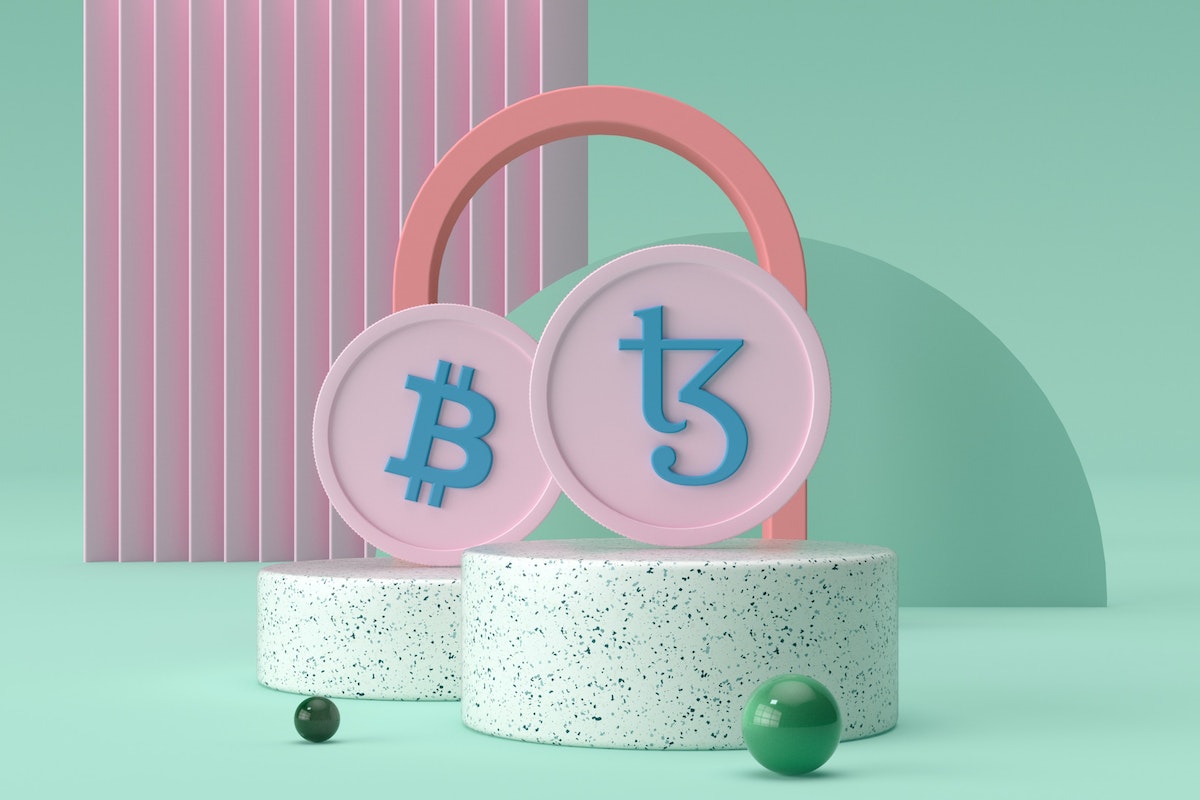What are physical NFTs?
06/05/2022
What are physical NFTs? This is a question that many people are asking, and it’s a valid one. After all, the world of virtual reality is growing by leaps and bounds, and it seems like almost anything can be done in VR these days.
So what does that mean for physical objects? Are they becoming obsolete? Not at all! In fact, physical NFTs may be more important than ever before. Let’s take a closer look at what they are and why they matter.
Going back: What exactly is an NFT?

Let’s examine the idea of ‘fungibility’ first. A fungible item is one that may be swapped for another of the same precise value. For example, when it comes to the fungibility of money in general, a $10 banknote may be traded for another $10 bill or smaller ones that add up to $10.
In contrast, non-fungible items are unique and cannot be traded for anything of comparable worth. NFTs are considered non-fungible. Because no other digital asset can ever have the same value as an NFT, it is impossible to exchange one for another of equal value.
NFTs have a number of distinctive qualities, including the following:
One-of-a-kind
To keep NFTs rare and boost their value, vendors only generate a limited number of NFTs. Each one is unique, further adding to its value. NFT collections like CryptoPunks and the Bored Ape Yacht Club, which each have 10,000 distinct NFTs, are an example of this.
Documented
Buyers who purchase NFTs are granted certain rights to the underlying digital property, including ownership. The ownership of a digital asset may be documented and made public, making it verifiable at all times, thanks to blockchain technology. Physical NFTs are also documented in this way.
Immutability
Developers have created blockchain tokens that are almost impossible to tamper with or compromise in any way. As a result, NFTs are gaining credibility as a technology that is open and honest.
Programmability
As explained in NFT smart contracts, there are several methods in which NFTs may be implemented. DeFi also has experimental applications in the works.
Physical NFTs: What are they?
Aside from the art world and the cryptocurrency market, NFTs have been used to represent off-chain assets such as sports collectibles, antiques, and even consumer items.
If the buyer of such an asset wishes to acquire the object in real life, the NFTs serve as an assurance that they will be able to do so. NFTs that are tied to actual assets are called physical NFTs.
Physical NFTs may be traded like any non-fungible token, or they can be redeemed for the actual asset they are linked to.
A few real-world examples of NFTs in action
Here are some of the greatest (and most successful) instances of physical tokens taking off, even if the emphasis on physical NFTs has yet to acquire the momentum seen elsewhere in the crypto sphere.
RTFKT
It has long been RTFKT’s belief that non-fungible tokens provide the “blueprint” for future real-world footwear innovations. This belief has led to its recent acquisition by Nike. So far, RTFKT has cooperated on a number of tangible goods with other crypto-creators.
Authentic Adidas products
As part of its 2021 metaverse push, German sportswear company Adidas released an NFT collaboration with Bored Apes Yacht Club, the crypto favorite of celebrities like Jimmy Fallon, Eminem, and Paris Hilton, whose NFTs have sold for millions of dollars. Adidas Originals purchasers were entitled to free hoodies, tracksuits, and beanies as a thank you for their purchase.
GAP
A new NFT line from GAP has tangible hoodies that can be unlocked with a smartphone. The Frank Ape artist Brandon Sines collaborated on the non-fungible tokens. The Frank Ape collector hoodie may only be obtained by obtaining tokens of the Common and Rare levels, according to GAP.
WENEW
WENEW is an NFT platform for selling “iconic” historical events and cultural landmarks like Andy Murray’s 2013 Wimbledon victory. It was co-founded by pioneering digital artist Mike Winkelmann (better known as Beeple). To showcase their NFTs, collectors may purchase a “museum-quality screen” in addition to digital tokens.
Beeple
Beeple (the well-known digital artist mentioned in the previous paragraph) creates physical NFTs linked to his artwork. His NFTs represent ownership of a high-resolution screen art display, a signed certificate of authenticity, cleaning products, and a hair sample (supposedly – don’t take our word for it).
How do you connect an NFT to a real-world item?
If you’re interested in connecting an NFT to a real object, what steps should you take?
In order to keep things simple, we’ll use a real painting as an example. A digital twin may be created by snapping a picture of it with your phone or a professional camera, which is the first step.
As soon as you’ve digitized your work, it’s a good idea to ensure that all of the relevant information (metadata) about your artwork is as accurate as possible and connected to the digital file.
The next step is to decide on an NFT marketplace, like OpenSea, so you can begin the process of minting your artwork.
A smart contract is used to allocate ownership and control NFT transferability for Ethereum-based tokens. This aids in the establishment of transaction boundaries and the storage of digital asset-related information on the blockchain, where the NFT is administered.
In order to connect your NFT (or digital artwork) to the original, you must use an arbitrary code via Metamask or a similar platform. These platforms might require different ways to connect your NFT to the original one, so pay attention to that.
In many cases, the visible connection is QR codes or NFC tags, but Nike, for example, has experimented with digital shoes with a unique identifier that is associated with a real pair.
Before minting and tying digital assets to physical assets, it’s important to bear in mind that an NFT can’t be updated after being coined.
Advantages of physical NFTs

The most important benefit of NFTs in general is the ability to confirm their legitimacy and origin. Physical NFTs may be a useful tool for this purpose, especially in a world where the counterfeit business is estimated to be worth more than $500 billion.
Data that is tied to virtual and real assets can’t be altered, spoofed, or tampered with because of blockchain technology.
Another big advantage is that it eliminates the intermediary, allowing both buyers and sellers to interact directly. This helps them come to a price that is fair to both parties.
As the last point, physical NFTs may be linked to recurring royalties so that the seller gets a portion every time an item is traded.
Final thoughts
It’s apparent that NFTs can be used for both digital and physical assets. NFTs are often associated with the likes of CryptoPunks, the Bored Apes, or NBA Topshot souvenirs, but NFTs may also be used for commonplace purposes like supply chain traceability, verification, and certification. Some experts have cited the ability to connect NFTs to tangible assets as one of the strongest reasons for their adoption.
Chat with the expert NFT promoters and marketers at Mooning
Sure, all the examples of NFT promotions we listed are from global brands with endless coin to throw at their campaigns. But you really don’t need a crazy-high budget to see some seriously incredible outcomes – as long as you know the delicate intricacies of building a killer NFT marketing strategy!
If not, no worries – Mooning is here to take care of everything for you and make sure you see the most amazing ROI you’ve ever seen before. Our team has the knowledge and experience to promote your NFTs in order to deliver maximum awareness and interest, driving the sales prices up sky-high and beyond.
We provide a full suite of expert NFT marketing services and go above and beyond for every one of our clients to ensure only the best results. Our team will help with everything from minting, listing and selling, NFT creator sourcing, community management and campaign conceptualisation.
So get in touch with us now on 1300 818 435 or message us online.





